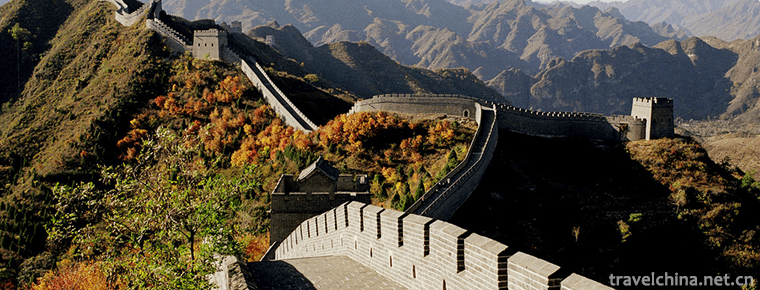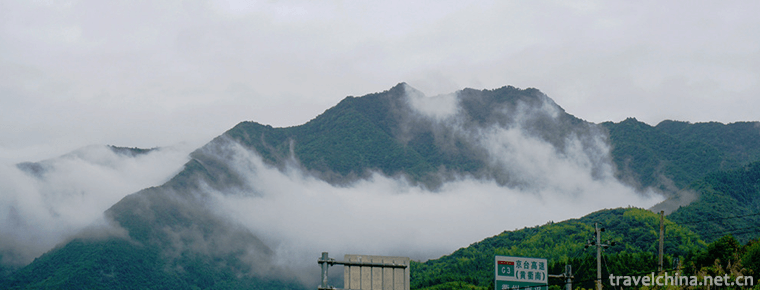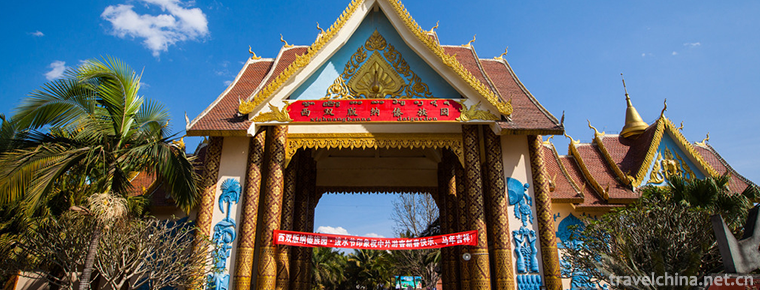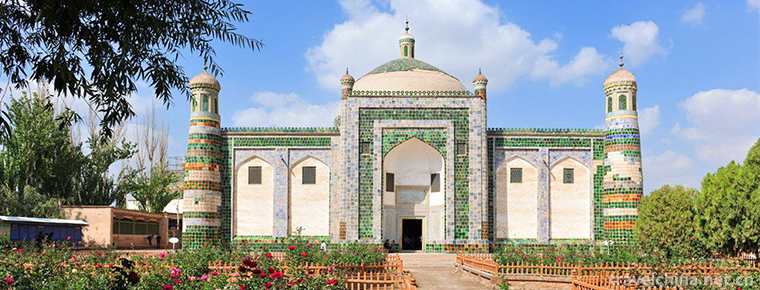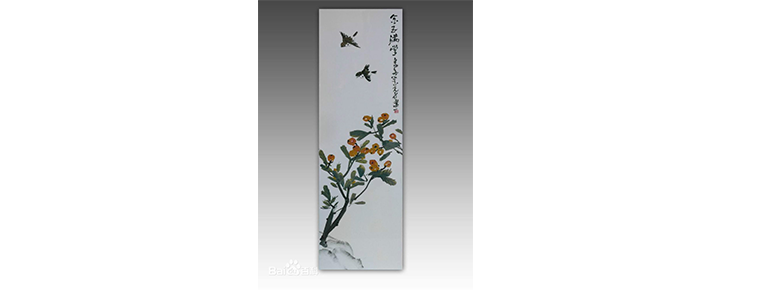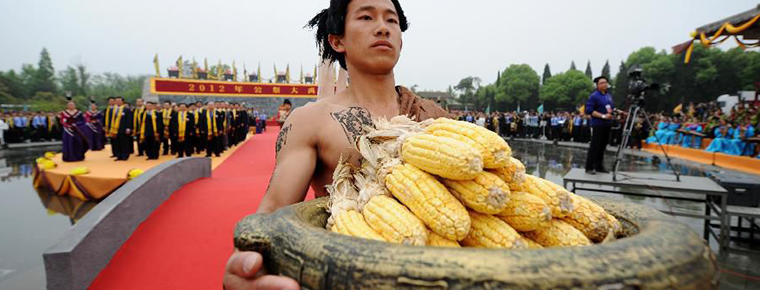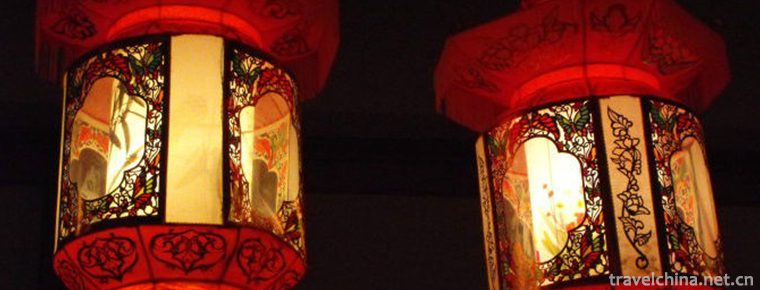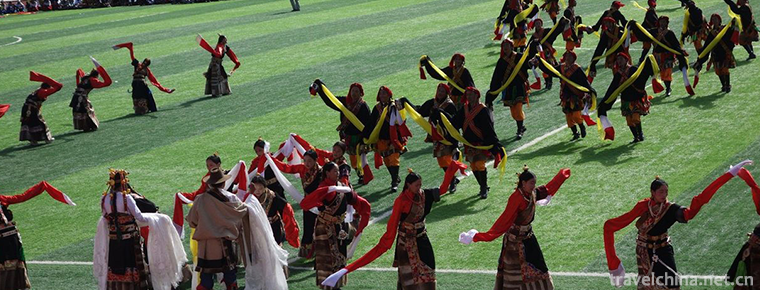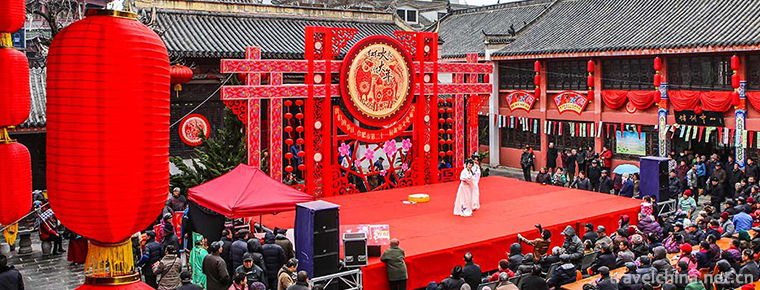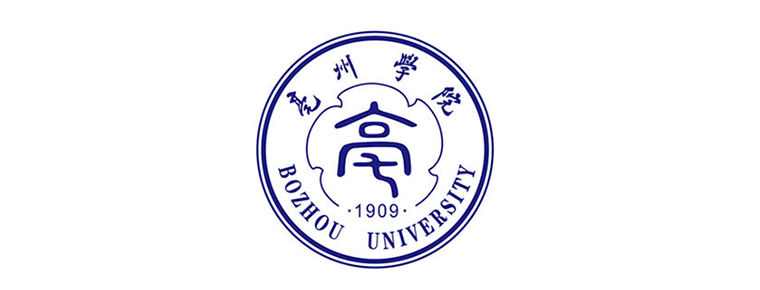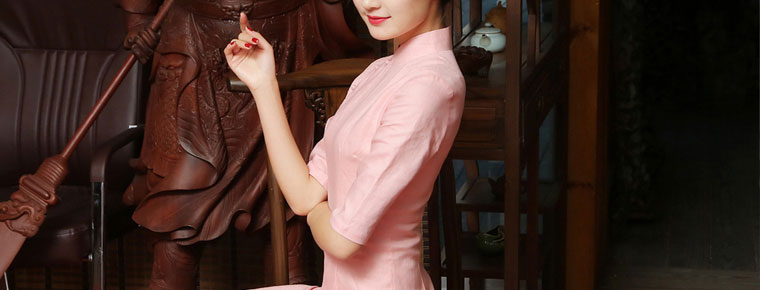Wuhan Revolutionary Museum
Wuhan Revolutionary Museum
The Wuhan Revolutionary Museum is located at No. 13 Hongxiang, Wuchang, Wuhan, Hubei Province. It was merged by the memorial hall of the former site of the Wuchang Peasant Movement Workshop, the memorial hall of Mao Zedong's old residence, the memorial hall of Chen Tanqiu Martyrs and the Management Institute of Wuchang Uprising Gate (with the sign of the memorial hall of the former site of the Wuchang Peasant Movement Workshop).
Wuhan Revolutionary Museum has more than 3000 books, more than 10,000 photographic negatives, more than 3,000 written materials, more than 1300 copies (prints) and 594 original cultural relics. Among them, there are 10 first-class cultural relics, 48 second-class cultural relics and 266 third-class cultural relics. 273 references. There are examples of Chinese tenant farmers'life written by Mao Zedong in 1927, statutes compiled by agricultural lectures, badges worn by students, inscriptions and inscriptions by leaders such as Zhou Enlai, Dong Biwu, Zhang Pinghua and Wu Xiuquan. Huang Xing, Deng Yanda, Chen Tanqiu, Xia Mingham, Bao Hui Monk and other used objects are precious revolutionary cultural relics.
November 17, 2017, won the title of the Fifth National Civilization Unit.
Development history
The Wuhan Revolutionary Museum is located at No. 13, Hongxiang, Wuchang. In November 2000, the Wuhan Revolutionary Museum was merged by Wuchang Peasant Movement Workshop Site Memorial Hall, Mao Zedong Old Residence Memorial Hall, the Five Congress Sites Memorial Hall of the Communist Party of China, Chen Tanqiu Martyrs Memorial Hall and Wuchang Uprising Gate Management Institute. The office is located in the old site of Wuchang Peasant Movement Workshop, responsible for the old site of Wuchang Peasant Movement Workshop, Mao Zedong Old Residence of Wuchang and the early life of Chen The management, protection and opening of the old sites of Moving Sites and Wuchang Uprising Gate; responsible for collecting, protecting, displaying, researching and researching modern and contemporary cultural relics in Wuhan; responsible for holding special exhibitions reflecting major revolutionary historical events and figures.
Exhibition display
The Wuhan Revolutionary Museum has held and introduced various special exhibitions on history, culture and art. It has successively held exhibitions on the history of China in the past hundred years, Mao Zedong and Wuhan, Model of Grass-roots Cadres-Wu Tianxiang's Advanced Stories, Victory Belongs to the People, 25,000 Li of Iron Flow, Drug Control Storm, National Flag in My Heart, Red Rock Soul and Xiangxiang. More than 30 exhibitions, including Hong Kong Return Exhibition, Commemoration of Zhou Enlai's Centenary of Birth, Anti-American Aid for Korea, Protecting the Nation, Macao Return Exhibition, Mao Zedong Zhongnanhai Heritage Exhibition, Exhibition of the History of the Founding of the Communist Party of China, 80 Years of the History of Wuhan, Exhibition of Traditional Chinese Virtues, and Mao Zedong, Leader of the People, are on display. The Memorial Hall at the old site of Wuchang Agricultural Lecture, where the Wuhan Revolutionary Museum is located, has received 20 million visitors since its opening.
Visiting information
Admission ticket
Free Admission
Opening Hours
Tuesday to Sunday: 9:00-17:00, 16:30 stop entering; Monday closed all day.
Traffic information
transit
City bus 11, 514, 530 inner ring, 530 outer ring, 539, 542, 554, 566, 607, 804 to Jiefang Lumen Station; 43 ring, 576, 584 to Zhongshan Road Jiefang Road Station.
No. 514 bus will be there as soon as it gets off. 722, 507, 6 trams, 8 trams and 4 trams get off at Meijiashan. 43, 717, 609 and 510 are under Ziyang Road.

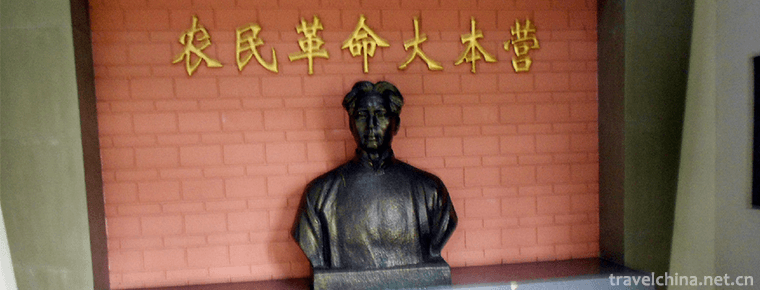
-
Huang Yaguan the Great Wall
The Great Wall of Huangyaguan lies in the mountains 28 kilometers north of Jizhou District. Historically, there were 18 garrison piers and abutments in Jizhou City. Huangyaguan Pass .
Views: 62 Time 2019-01-19 -
Jianglangshan 28du Tourist Area
28du Town, located in Jiangshan, Zhejiang Province, is a famous historical and cultural town. It is a writer's creation base in Zhejiang Province. It is located at the junction of Zhejiang,.
Views: 192 Time 2019-01-21 -
The Dai Garden of Xishuangbanna
The Dai Garden is called Xishuangbanna Dai Garden. Located in Xishuangbanna Olive Dam, Yunnan Province, China. There are five Dai Natural Villages with the best preservation in China.
Views: 175 Time 2019-02-25 -
Abakh Hoja Tomb
Xiangfei Tomb is located in Haohan Village, 5 km east suburb of Kashgar City. It is a key cultural relic protection unit in the autonomous region. This is a typical Islamic complex of ancient building.
Views: 153 Time 2019-02-25 -
Porcelain painting
Porcelain plate painting refers to a kind of planar ceramic handicraft which is manually painted and glazed with special chemical pigments on plain porcelain plate and then.
Views: 239 Time 2019-04-22 -
Da Yu memorial ceremony
The Dayu Festival is an ancient Chinese traditional folk sacrificial activity. Dayuling is located in Huiji Mountain, southeast of Shaoxing City, Zhejiang Province. Dayu Mausoleum is the burial place .
Views: 94 Time 2019-04-23 -
Lantern Festival
It is closely related to the folk custom of Lantern appreciation in China. According to textual research, lantern appreciation began in the Western Han Dynasty and flourished in the Sui and Tang Dynas.
Views: 115 Time 2019-04-26 -
Comba Rai
"Kangbalayi" is a poetic language of communication between Tibetan men and women in Zhiduo County. It originated in Songzan Period of Southern Japan in the end of the sixth century..
Views: 130 Time 2019-05-08 -
temple fair
Temple fair, also known as "temple market" or "festival venue". It is a Chinese folk religion and the custom of the age. It is usually held on the Lunar New Year, the Lantern Festi.
Views: 214 Time 2019-06-05 -
South China Sea Channel
South China Sea Channel is a traditional folk culture in Wenchang City, Hainan Province. Local fishermen have compiled their own "secret book" for navigation since ancient times. It is a han.
Views: 148 Time 2019-06-07 -
Bozhou University
Bozhou College (Bozhou University), for short, is located in Bo Yuan. Anhui Province Bozhou City By the state Ministry of Education Approved full-time full-time undergraduate institutions..
Views: 152 Time 2019-11-08 -
Appreciation of short sleeve cheongsam
In the late summer and early autumn, the weather is chilly in the morning and evening. As long as you put on some thin shawls, you can wrap some cloth shawls and tighten them on your chest..
Views: 309 Time 2020-12-11
